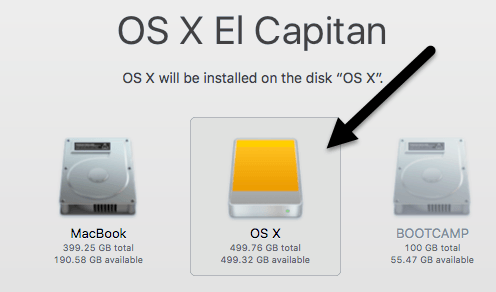
Ordinarily, a CCC bootable backup volume will appear in this list, but occasionally your Mac's firmware may have difficulty discovering the hardware that hosts your backup. Using only device drivers that are stored on your Mac's firmware chip, the firmware will scan all of your SATA, PCI, USB, and Thunderbolt busses for hard drive devices, then read those hard drive volume headers to determine if a macOS system is available on each volume. When you boot your Mac while holding down the Option key (Intel Macs) or the Power button (Apple Silicon Macs), the Mac Startup Manager will display a list of available startup devices. Sometimes the Mac's firmware cannot detect your backup device Creating legacy bootable backups of macOS Big Sur.Some Big Sur startup volumes don’t appear in the Startup Disk Preference Pane.Our support for system copying and bootability on Big Sur and later OSes is limited to the suggestions noted above. If that does not produce a bootable device, then the device is not suitable for functioning as a bootable device on your Mac.
#EXTERNAL HARD DRIVE AS BOOT DRIVE MAC INSTALL#
If that does not produce a bootable volume, and if you have exhausted the Firmware Discoverability Troubleshooting steps below, then we recommend that you install macOS onto the backup. When you configure a CCC backup task using the Legacy Bootable Backup Assistant, CCC will automatically use Apple's proprietary APFS replication utility (ASR) to make a block-for-block exact copy of the source. This volume is cryptographically sealed, and that seal can only be applied by Apple ordinary copies of the System volume are non-bootable without Apple's seal. Starting in macOS Big Sur, the system now resides on a "Signed System Volume".

Apple Kbase #HT204350: Move your content to a new MacĮxternal Boot troubleshooting on macOS 11, "Big Sur" and later OSes.

#EXTERNAL HARD DRIVE AS BOOT DRIVE MAC MAC OS#

We're happy to help you troubleshoot bootability problems affecting macOS Catalina.


 0 kommentar(er)
0 kommentar(er)
